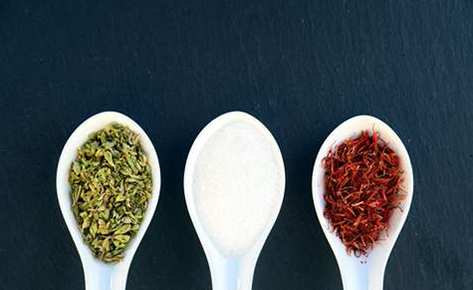
Did you know that around 75% of salt can be found within processed and packaged food, which makes it difficult to monitor1? Salt contains sodium so if your diet is high in salt, then you are putting yourself at risk of heart disease (it’s the sodium in salt which can lead to heart disease). With this in mind, we’ve listed a few actions you can take to reduce the amount of salt, and sodium, in your diet.
Check the labels
This seems like the most obvious thing to do but really have a think about it. How many times do we actually look at the sodium content of the packaged food we buy? We usually purchase the products that we’re already accustomed to. But the nutritional information panel on the packaged food can help you make better informed decisions.
Joel Feren, an ambassador for Heart SALT, recommends choosing products with less than 400mg of sodium per 100g. He stated that it would be even better to choose products that have less than 120mg per 100g1!
Change Up the Diet
Changing your diet will probably be the hardest thing to do on this list. However, the rewards at the end will make it worthwhile. A diet change would involve eating more fruits and vegetables along with fresh foods. In fact, these items are also high in potassium1. The benefit of potassium is that it supports bone health and protects against hypertension2. A diet focused on healthy eating can reduce your salt intake.
Experiment
There are so many different herbs and spices available so try some of them out! Whether it’d be ginger, lemon, mint or rosemary, you can add flavour to your food in so many other ways. But don’t try to swap your regular table salt for the other salt types you usually see. Pink, rock, crystal etc. all still have the same effect on your blood pressure as regular table salt3. We’ll look into this further in a few weeks, but if you really want the great taste of salt in your food, then we’d recommend switching to a low sodium salt.
Use Low Sodium Salt
Did you know that Heart SALT contains 56% less sodium than regular table salt! And it’s high in potassium which can decrease blood pressure. How great is that!? You can continue adding the flavour of salt to your food but with reduced risk. Heart SALT is a healthier alternative to many of the other salts in the market.
Having too much sodium in your diet leads to high blood pressure which puts you at risk of cardiovascular diseases, which are the leading cause of death around the world4. By reducing a salty diet, you get one step closer towards a healthy lifestyle.